Naval Academy in Annapolis
Yesterday, Lisa took Alejandra and I on a tour of the Naval Academy. It had been ages since I had been there, so it was like learning about it all over again for me.
Before we crossed the Naval Academy bridge, we had a stop on the scenic overlook. (Click on the image for larger view)

This view gave us some idea of how big the Academy is. The 338-acre (137 ha) campus is located on the former grounds of Fort Severn at the confluence of the Severn River and Chesapeake Bay.
We had a noisy entrance the the Naval Academy as canons had been set off for a salute to an Admiral that has passed away.
The Naval Academy’s Mascot is a Goat. For centuries, ships sailed with livestock in order to provide sailors with fresh food, and ships in the British and early American navies often carried goats, to eat the garbage and other undesirable food, and return milk and butter. The first usage of “billy goat” for a male goat occurs in the nineteenth century replacing the older term “he-goat.”
I found out that Lisa could be quite a cheeky tour guide, as we weren’t there long before she hailed a midshipman to pose with Alejandra, just to perhaps worry her papa a bit. 🙂
Near Bancroft Hall, we saw the statue of Tecumseh, which Lisa explained gets painted on occasions. The statue is a sort of good-luck charm for the midshipmen. Tecumseh is painted before every special event – he’s been the Mad Hatter, a Top Gun pilot, an American flag and more – the midshipmen are extremely inventive.
he figurehead called “Tecumseh” has, for many years, played a prominent part in the traditions of the United States Naval Academy at Annapolis, Md.
The original wooden image was sent to the Naval Academy in 1866 after being salvaged from the wreck of the old ship of the line “Delaware,” which had been sunk at Norfolk during the Civil War to prevent her from falling into Confederate hands. The builders of the “Delaware” intended the figurehead to portray Tamanend, the great chief of the Delawares, a lover of peace and friend of William Penn. But to the midshipmen of the period, there was nothing in the name of Tamanend to strike the imagination.
The effigy was also known by various other names — Powhatan, King Phillip, and finally Tecumseh — a great warrior and thus heroic and appropriate to the midshipmen.
For 40 years, the wooden figurehead kept its stern vigil in the Yard at Annapolis until the winds, sun and rain began to take their toll. In 1906 a face-lift with the aid of cement, putty and paint temporarily removed the signs of age. When the ravages of the weather again threatened, the Class of 1891 raised a fund to immortalize the old fellow in bronze. The delicate task was accomplished at the U.S. Naval Gun Factory.
To ensure that the bronze figure would lose none of the potent power with which the midshipmen had endowed the old figurehead, the wooden “brains” and “heart” of the ancient Indian were transferred to the bronze statue.
In the spring of 1930, the statue, mounted on a pedestal of Vermont marble adorned with the Naval Academy seal, was erected on its present site from which the grim old warrior gazes eternally toward the main entrance of Bancroft Hall, the midshipman dormitory.
Tecumseh has become not only the “God of 2.0” — the passing grade point average at the academy — but also the idol to whom loyal midshipmen give prayers and sacrificial offerings of pennies. Midshipmen offer a left-handed salute in tribute to Tecumseh, and they toss pennies his way for good luck in exams and athletic contests.
Each year, Tecumseh is decked out in a coat of “war paint” for Parents’ Weekend in August, Homecoming in the fall, before Army-Navy contests and for Commissioning Week.
Still in front of Bancroft Hall the hour had come to watch the plebes marching in, all needed to be present and accounted for. It was quite the ritual and I watched and hoped none were too hungry, as this was a before lunch routine.
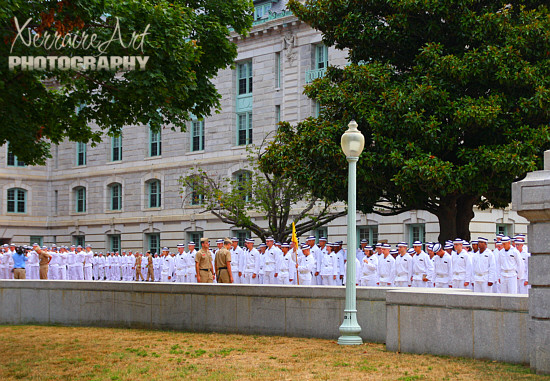
It seemed a very large group out there in the very warm sun. We could smell what seemed to be pizza for lunch.
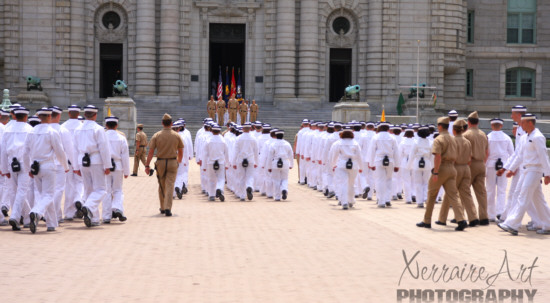
Finally, they march in a very orderly manner to their meal. Alejandra noticed how they were all in step and had timing down perfectly.
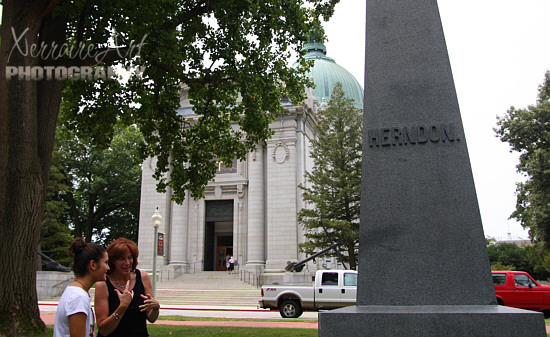
Lisa is explaining to Alejandra the significance of Herndon Monument. Every year as part of the year end festivities, this monument is covered with lard and plebes attempt to climb the monument, remove a "dixie cup" (the headwear of a plebe) and put a hat ("cover") on top. This symbolizes the successful completion of their first year. Legend also has it that the midshipman who places the sailors cap upon the monument will be the first member of the class to reach the rank of Admiral. The Monument was commissioned by the Officers of the U.S. Navy as a tribute to Commander.
We then went to the Naval Academy Chapel.
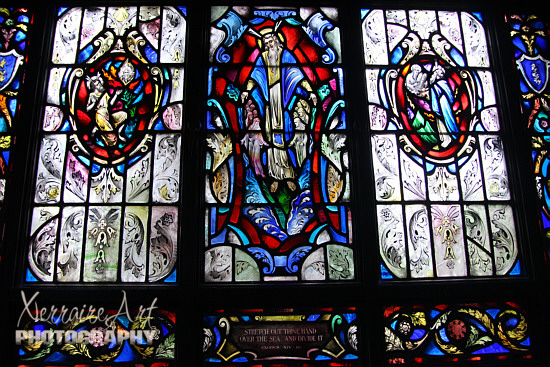
As we went in we could see stained glass windows on both sides. Lisa told us that to the right were images depicted water themes from the Old Testament, and to the left were from the New Testament.
Then we went below to the crypt of John Paul Jones. Now I remember studying about him in school and his contribution to the Naval, and that he is famous for saying, when taunted by a British solder to surrender, “I have not yet begun to fight!” I did learn that he was actually born in Scotland and surrounding the crypt were many decorations of honor. I also learned that he died in France, and that his body was brought here many years later. It was truly humbling to read and see all the evidences of his life to this true Naval War hero.
We then went to Dahlgren Hall, where they hold events.
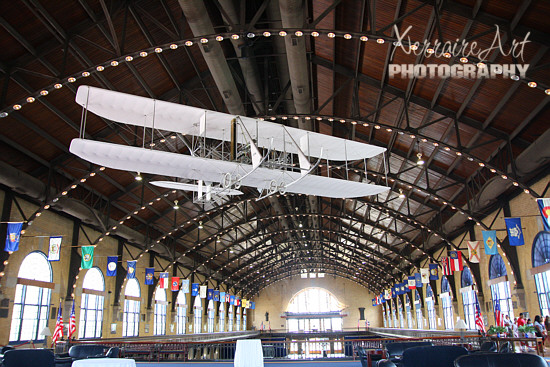
The Wright Brothers B1 glider, replica, was the first Naval Airplane, commissioned by the Navy in 1911. Lieutenant John Rogers, USNA, took off in the B-1 flyer and flew 15 minutes. It hangs in Dahlgren Hall.
At this time, we were ready for lunch, so a quick stop at the goat and off we went into Annapolis for a bite to eat.
So off to downtown Annapolis to Chick and Ruth’s Delly. Apparently this restaurant was on television, on the program Man vs. Food featured on the Travel Channel.
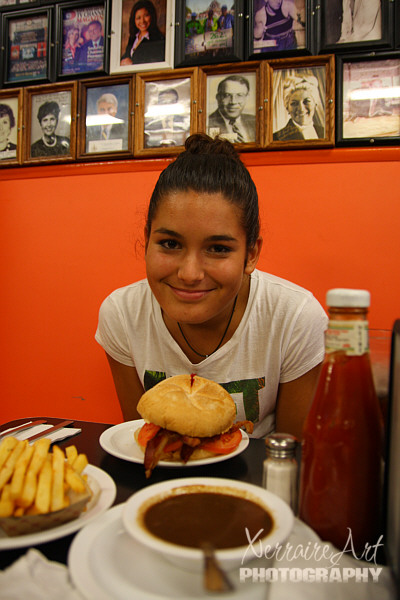
Alejandra ordered a bacon burger. I added a side of french fries and gravy for her to try. The entire place was adorned with photographs of famous politicians.
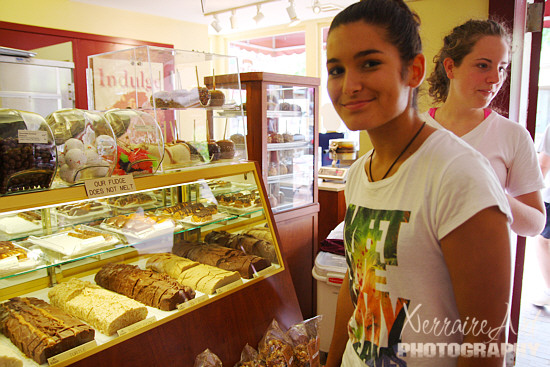
After lunch we just HAD to introduce Alejandra to FUDGE! (Or perhaps it was just a good excuse for Lisa and I to get fudge).
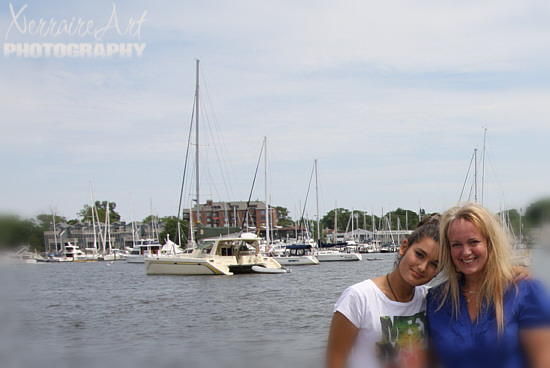
Alejandra got to see the harbor and the talk drifted to that she only had a short time left. So we got a little emotional here.
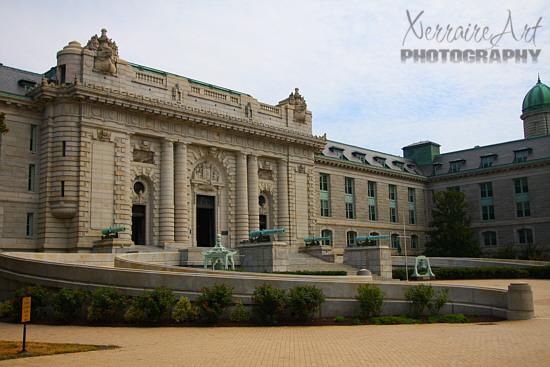
Bancroft Hall is the largest building at the Naval Academy, and the largest college dormitory in the world. It houses all midshipmen with 5 miles of corridor, 33 acres of floor space.
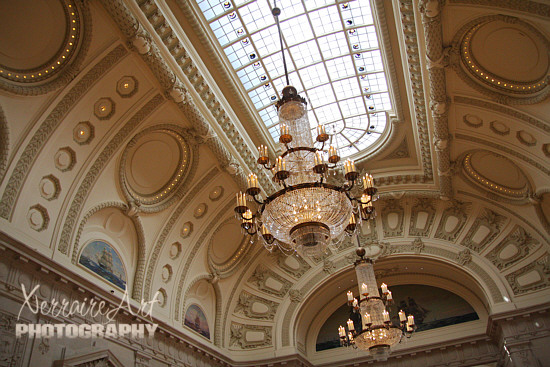
I couldn't help as we went upstairs to notice the ceiling and chandeliers in Memorial Hall. Lisa said they have retirement parties in this room.
On either side are two dioramas. One of John Walter Ripley…
 John Walter Ripley (June 29, 1939 – October 28, 2008) was a United States Marine Corps officer who received the Navy Cross for his actions in combat during the Vietnam War. On Easter morning 1972, Captain Ripley, repeatedly exposed himself to intense enemy fire over a three hour period as he prepared to blow up an essential bridge in Dong Ha. His actions significantly hampered the North Vietnamese Army’s advance into South Vietnam. The story of “Ripley at the Bridge” is legendary in the Marine Corps and is captured in a diorama at the United States Naval Academy. His story is required reading for academy students.
While under intense unrelenting enemy fire, Ripley dangled for an estimated three hours under the bridge in order to attach 500 pounds of explosives to the span, ultimately obliterating it. His action, conducted under enemy fire while going back and forth for materials, definitively thwarted an onslaught by 20,000 enemy troops and dozens of tanks and was the subject of a book, The Bridge at Dong Ha, by Colonel John Grider Miller. He attributes his success to the help of God and his mother. When his energy was about to give out he began a rhythmic chant, “Jesus, Mary, Get me there”. His body taxed to its extreme limits, his action is considered one of the greatest examples of concentration under fire in the annals of U.S. military history. It also delayed NVA forces from taking Saigon for another three years.
…and this one of the daring and improbable capture of the U-505 on June 4, 1944, by a boarding party from the destroyer Pillsbury.

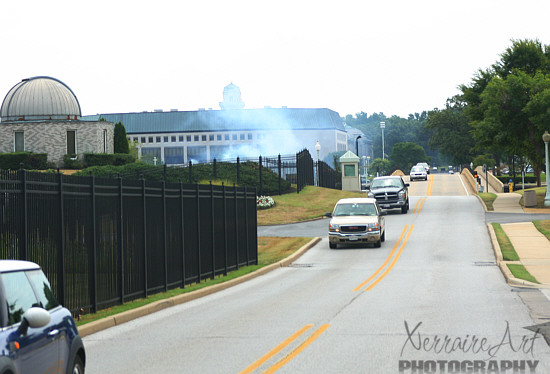
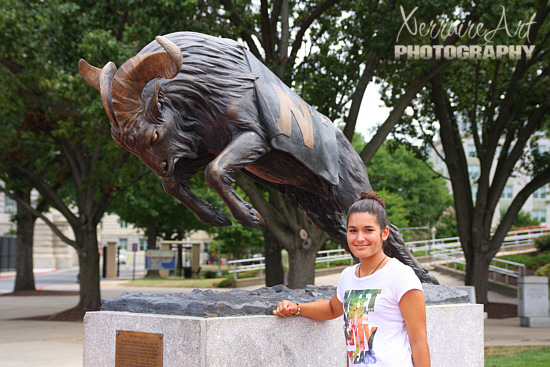
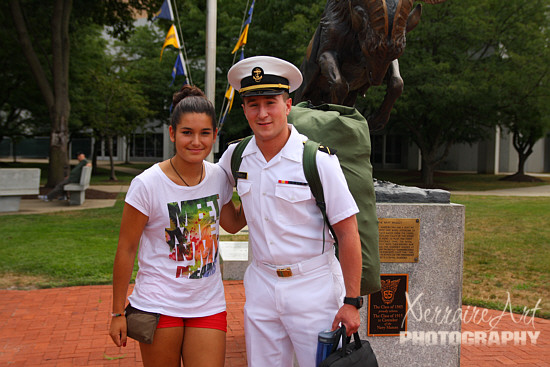
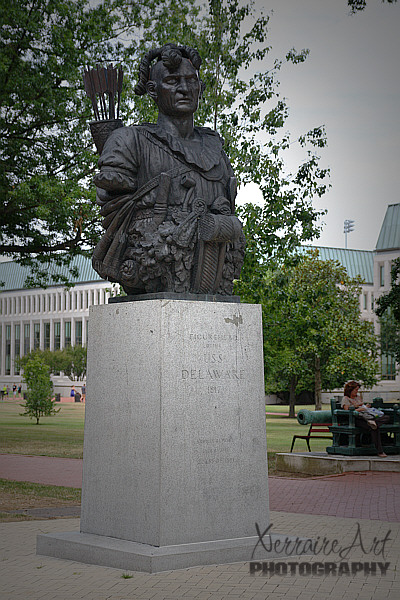
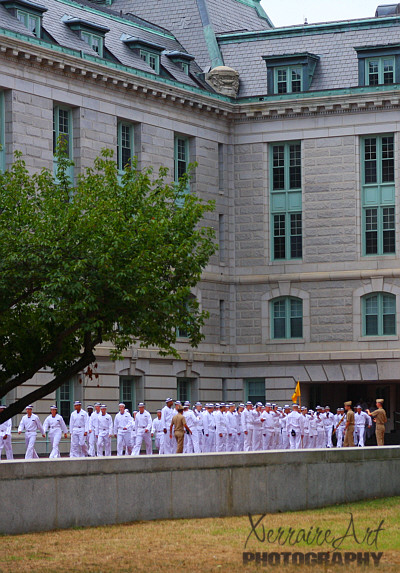
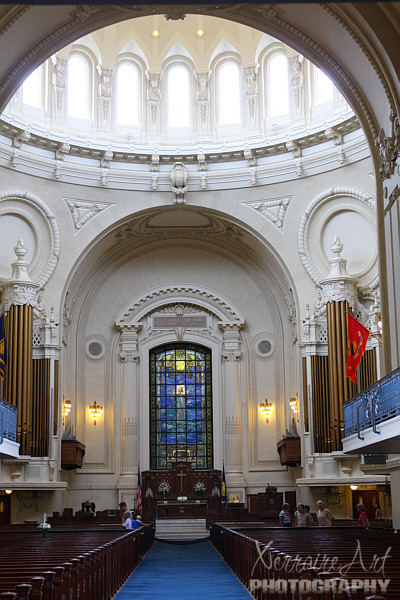
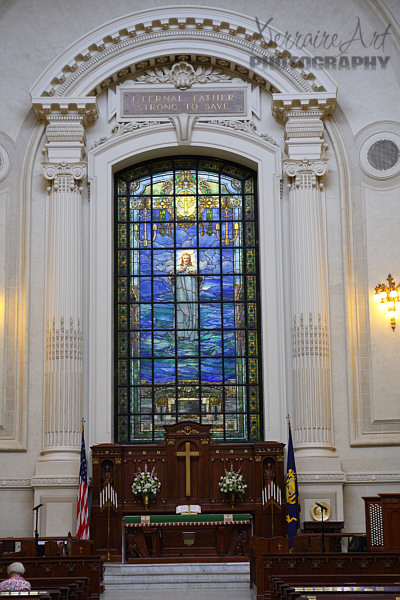
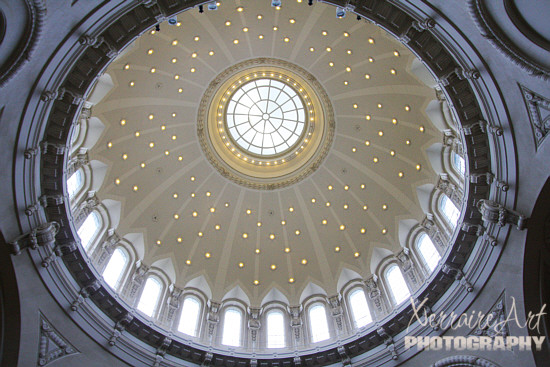
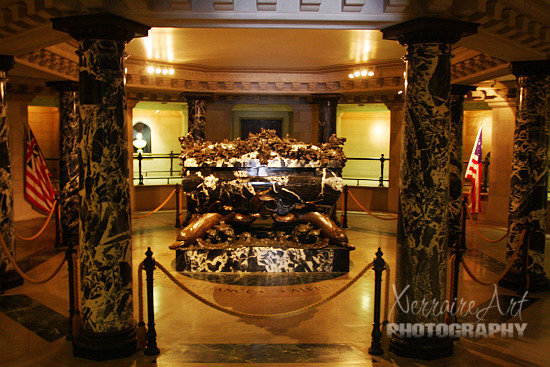
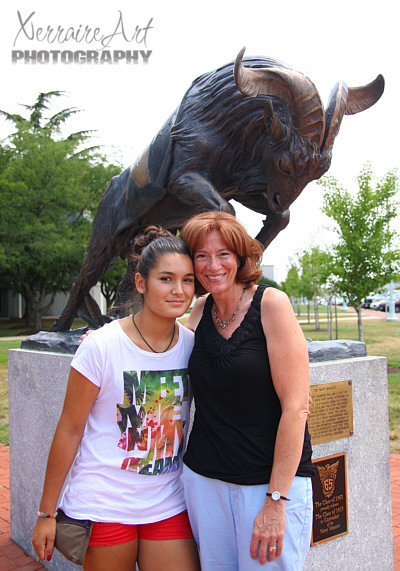
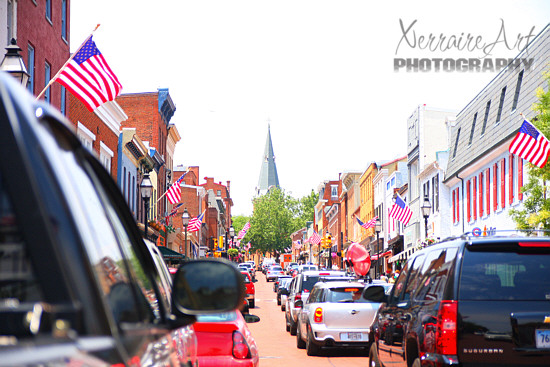
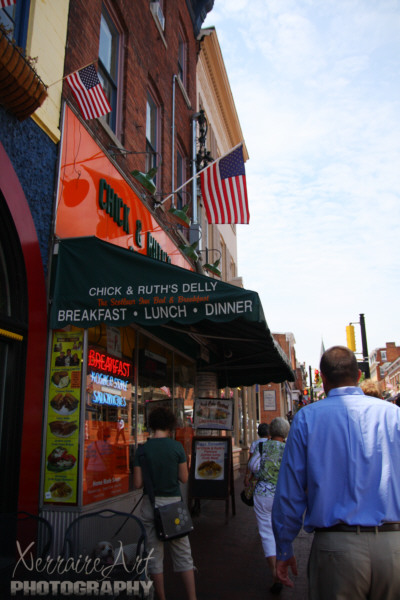
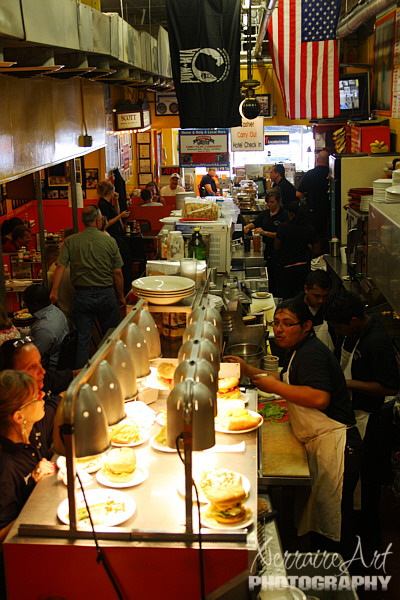
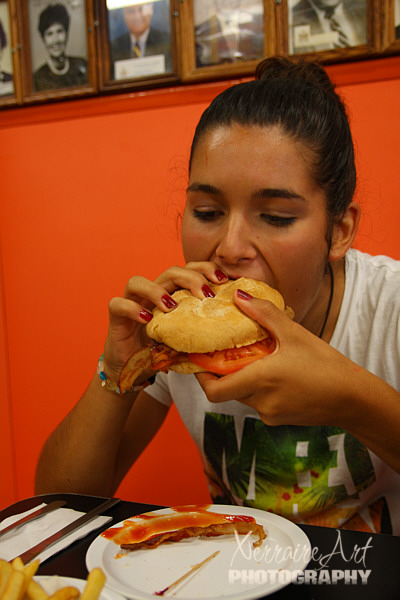

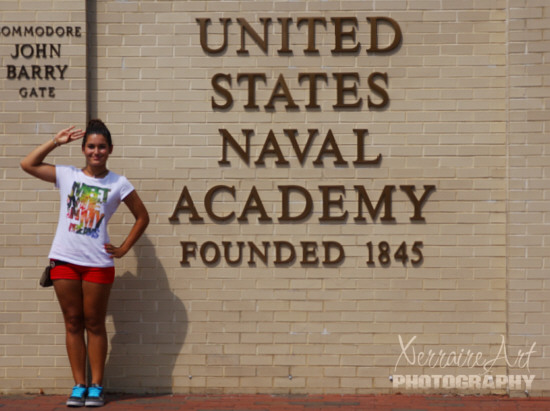
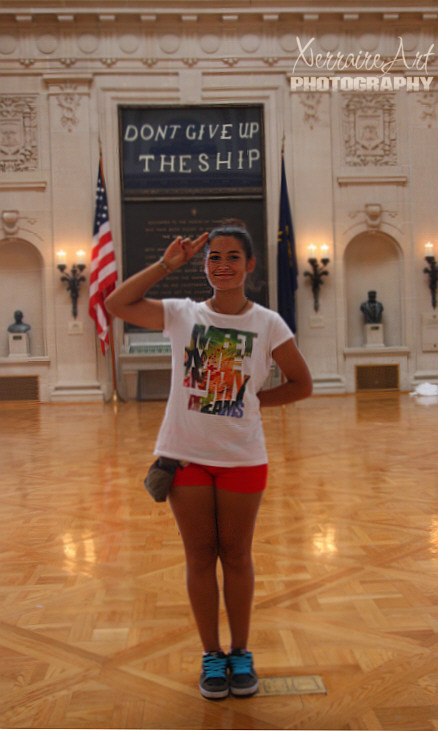
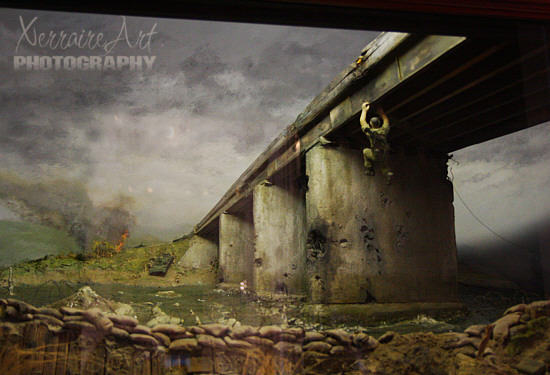
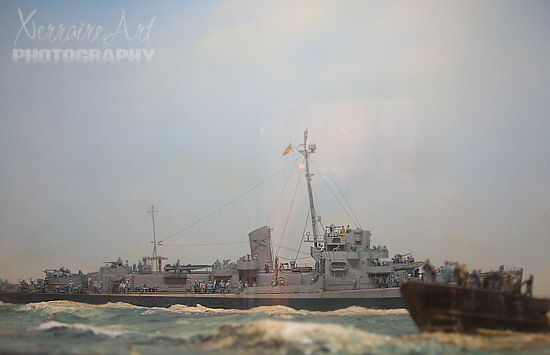
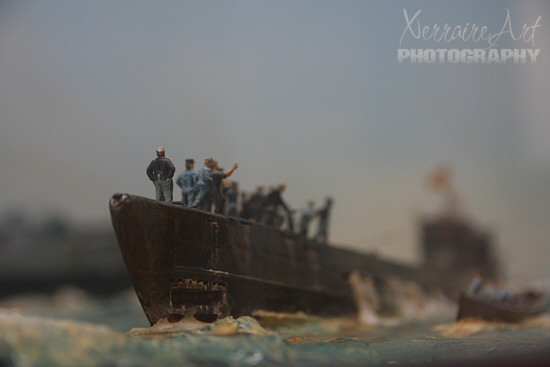
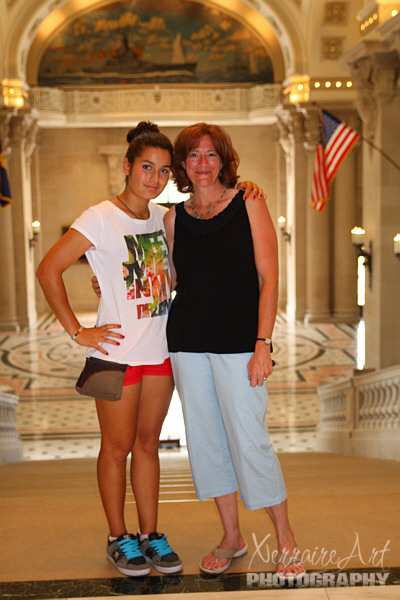

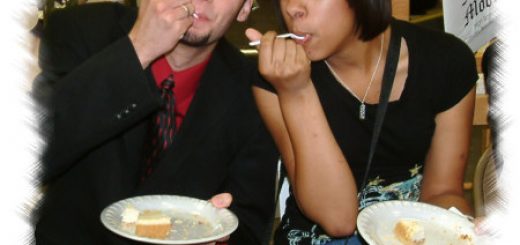
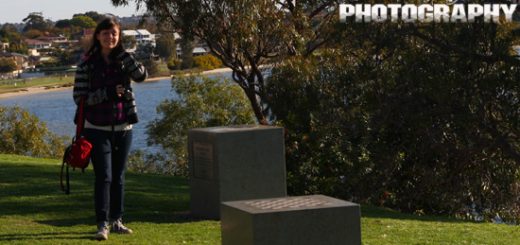







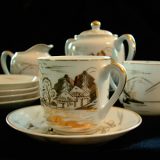
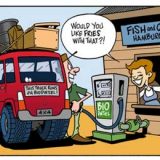
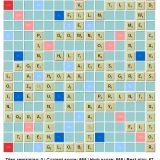
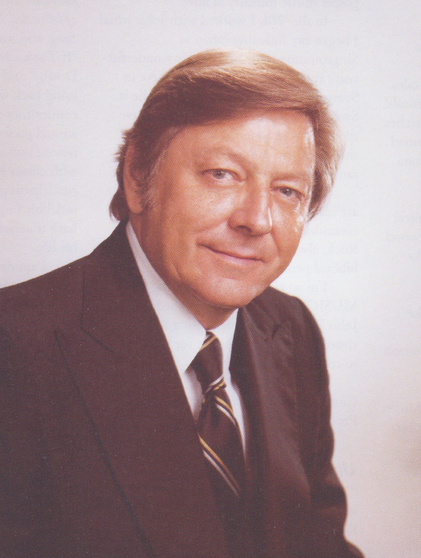
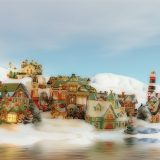
This is an amazing summary of the tour that I am sure Alejandra will remember fondly for life, helping her to understand key aspects of American culture. But the picture of you two, her head tilted on your shoulder, really touched me, so I will not deny it got me emotional too…